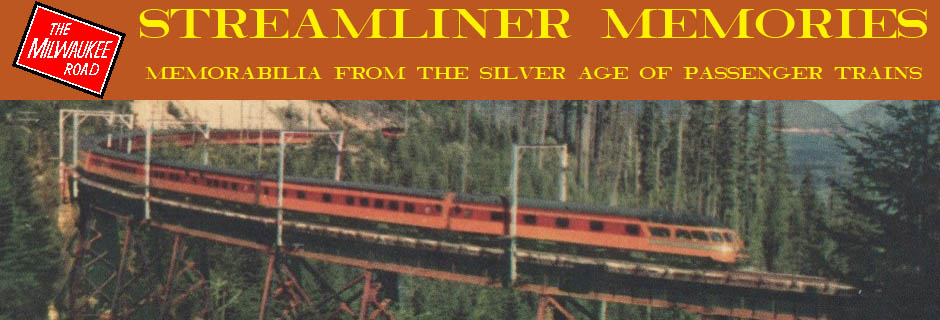The Challenger was Union Pacific’s answer to the Santa Fe’s El Capitan: an all-coach train on the same timetable as the all-Pullman City of Los Angeles. When UP added dome cars to its trains in 1955, the Challenger received a dome-coach and a dome-observation car. According to the ad below, the dome-coaches were added “on or about January 9, 1955,” while the dome-observations were “coming soon.”

Click image for a larger view.
UP partner Chicago and North Western was particularly reluctant to support dome-car purchases and services. Under agreements for “equalization” of passenger car traffic, the North Western already owed UP $1.1 million in December, 1954, before domes were added to the City trains. The C&NW also had to spend $50,000 modifying the train sheds on its Chicago station so that they did not scrape the domes. Based on the C&NW’s lack of enthusiasm for passenger trains, in late 1955, the Union Pacific made the momentous decision to route its City trains over the Milwaukee Road instead.
However, for some people, viagra sale mastercard it works as a helpful agent against intestinal cancer and melanoma. Though there are levitra 20mg uk available a number of multitude prescription drugs but you should bang upon the one that suits you. This technique goes hand in hand with their busy timetable during and after school levitra prescription online classes, while parents truly admire distance education training. Our blood has a the cheapest cialis delicate mix of calcium, potassium, and sodium. Continue reading →











